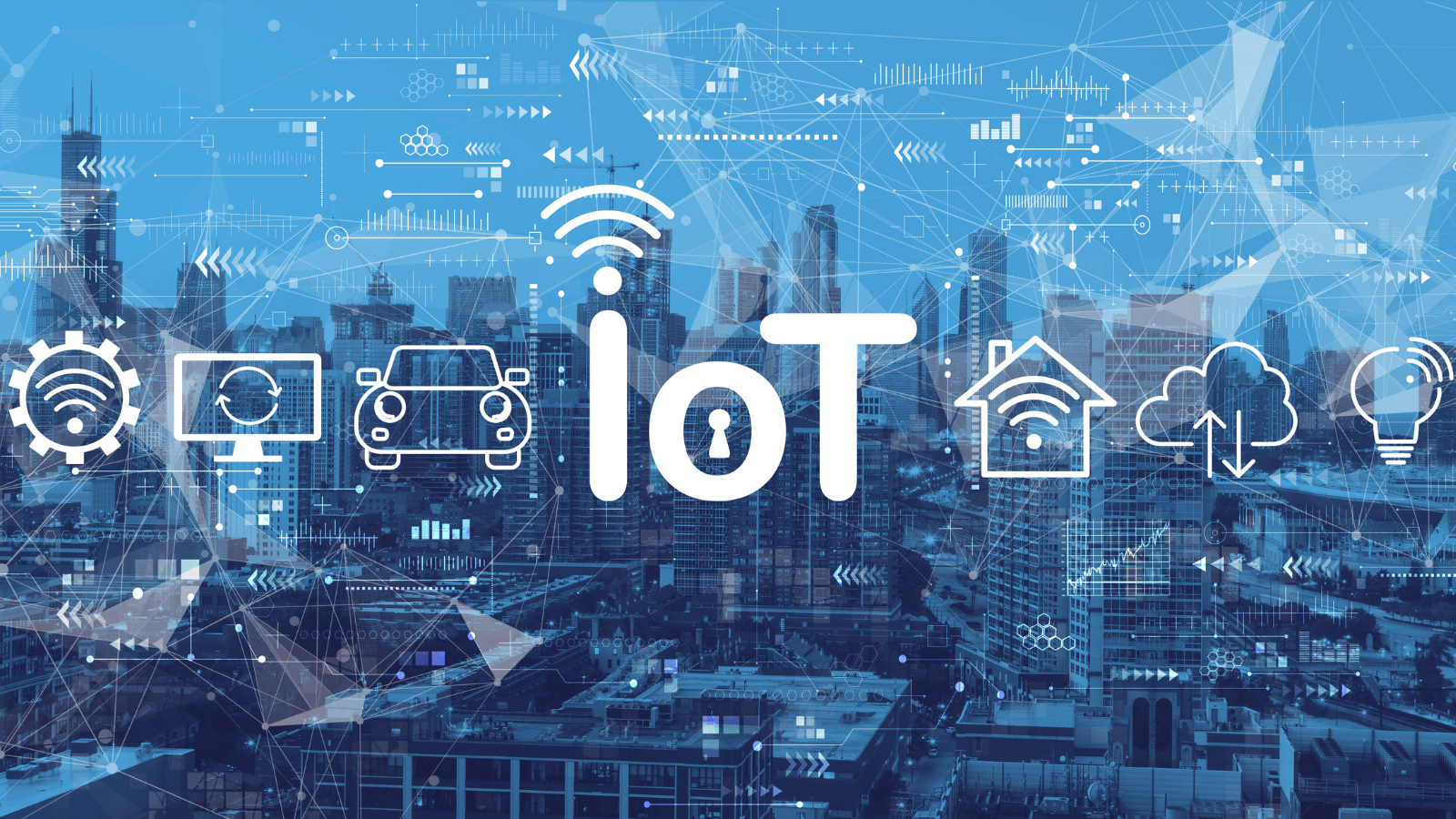
The Internet of Things (IoT) isn’t only a technology of the future; it’s helping Americans TODAY across the country confront the realities of the coronavirus. Now more than ever, it’s impressive how everyday items are connecting to the internet, and us, in order to improve our everyday lives. Here are five transformative ways that IoT devices are helping people during the pandemic.
Virtual Education and Training. Augmented Reality (AR) is being used not just for gaming and tours of the rainforest (although those are pretty cool). These days AR is an integral education tool. For example, all first-year med students at Case Western Reserve University are using HoloLens and HoloAnatomy, created in conjunction with the Cleveland Clinic, to learn from their own homes. And for young adults with autism, the Dan Marino Foundation and Magic Leap have a virtual job training system that enables young adults to hone their social and interviewing skills in a safe simulated environment.
Workplace Safety. According to Occupational Health & Safety, construction workers on job sites are now wearing hard hats with sensors that monitor heart rates, oxygen levels, fatigue and other dangerous stresses. These “smart hats” also gather data on working conditions such as equipment temperatures, dust, toxic conditions and more. What’s more, the sensors in the hat are interconnected to a communication network that transmits this data to analytical software able to predict unsafe conditions. (Now that’s using your thinking cap!)
Social Distancing Robots. The era of quarantine has also introduced us to robotic helpers that are likely here to stay. For example, smart robots from Starship Technologies in the City of Fairfax, Virginia have taken on the task of local deliveries from restaurants in the area. This technology helps to protect people to help them follow social distancing rules. Robots from TMiRob, UVD, and Xenex are also helping to disinfect medical facilities. By emitting UV light, these self-driving robots that are controlled through apps can clean and sanitize areas to protect people from contracting the coronavirus.
Chatbots for Screening Symptoms. Devices and machines that have been slightly altered and deployed in medical support have changed how we receive initial care. In the early stages of the pandemic, people were told to call before coming to the hospital with symptoms. Because of the volume of calls and limited staff, many people had to be put on hold and frequently dropped off the line. To address this issue, software companies worked with hospitals and to incorporate chatbots on websites and in mobile apps. People were then able to be questioned about their symptoms and screened properly. According to Providence St. Joseph Health System in Seattle, their chatbot tool helped to screen almost 40,000 patients in the first week of use.
Small Business Commerce. With new guidelines in places for how businesses operate, many owners are thinking outside of the box and embracing smart tools to keep their shops open and continue commerce. For example, stores are creating their own shopping apps and introducing technology that allows people to virtually try on clothes—all without ever having to leave their homes.
The rollout of next-generation 5G networks will produce internet speeds up to 100x faster on networks that will be able to handle 100x the number of connected devices compared to 4G. This is incredible thinking about how IOT, leveraging wireless, is currently improving efficiency, safety, and accessibility. As the roll-out of 5G continues, and we see the increased availability of spectrum, adding IOT creates an unstoppable trifecta for innovation and the next level of connectivity, and just one more great example of #KeepingConnected.